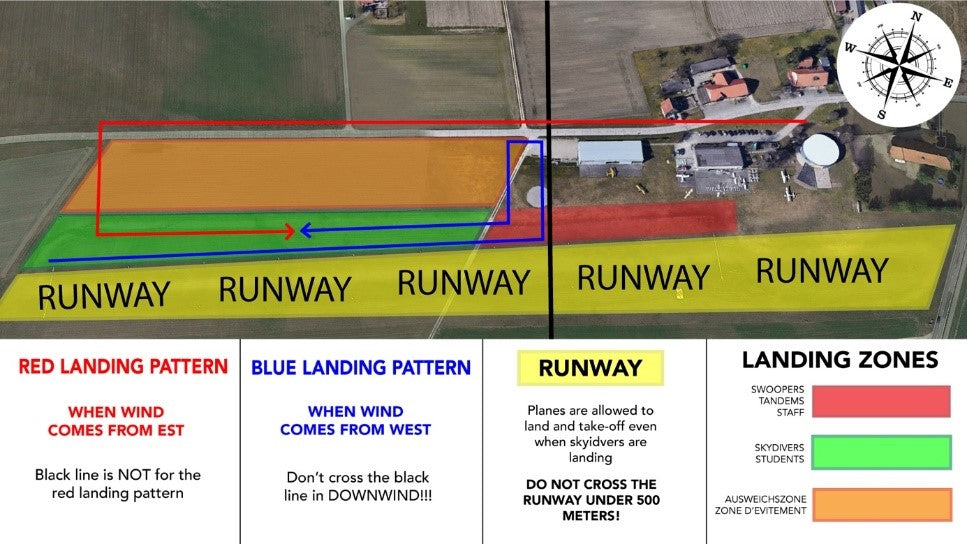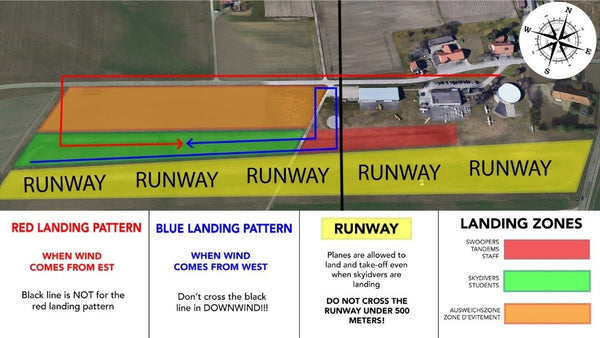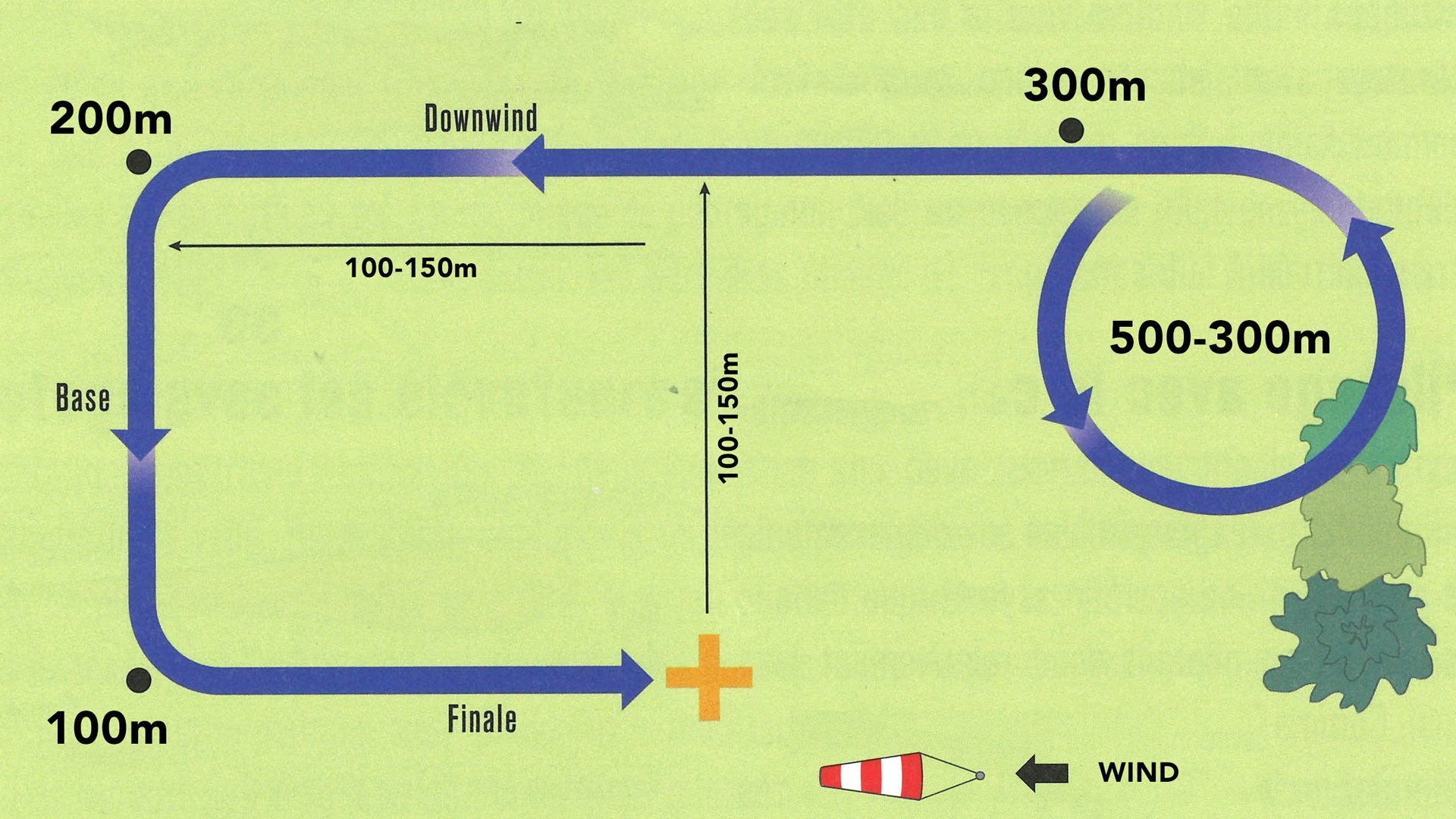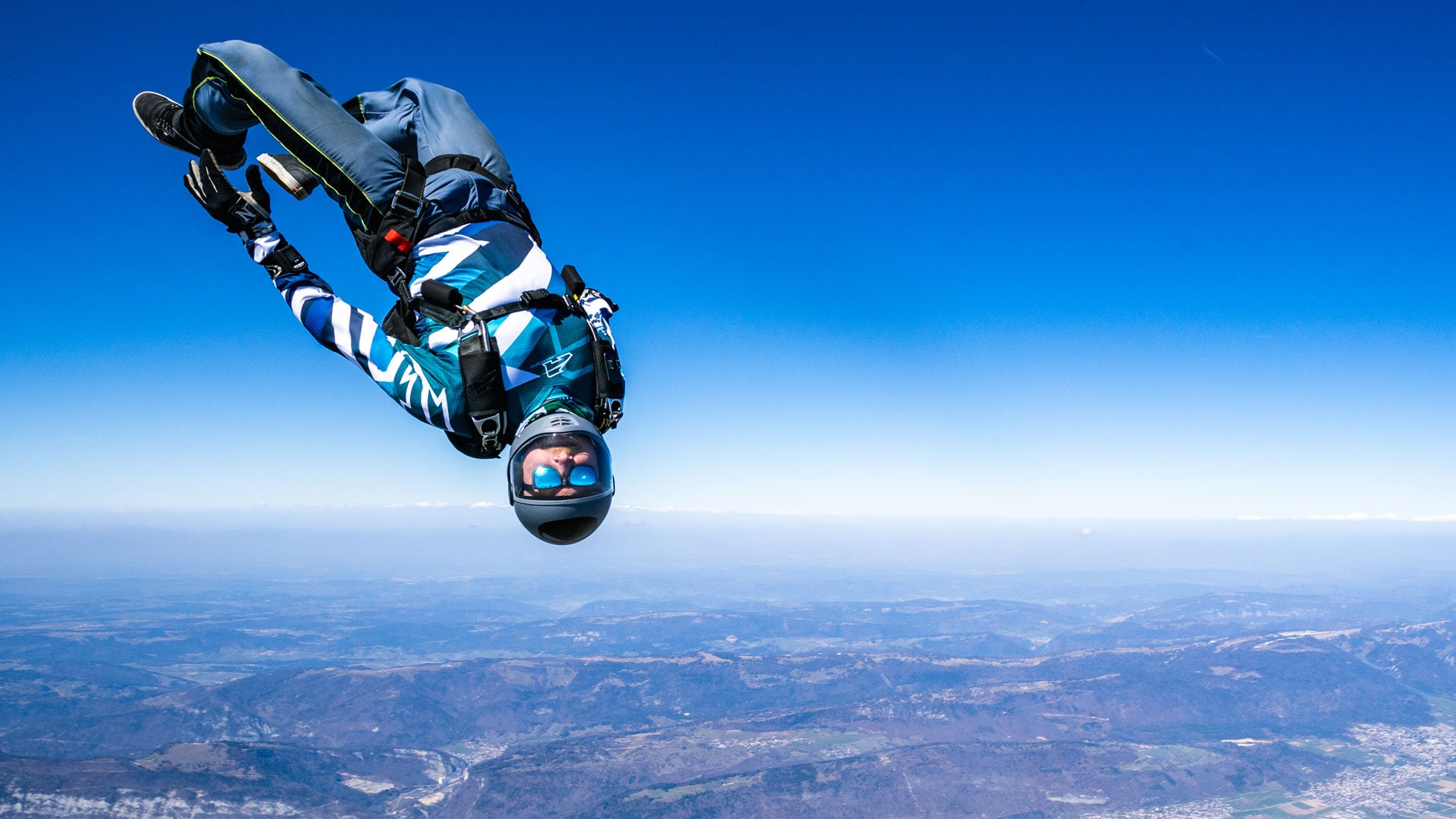
Swissboogie landing flight
How to land by parachute at Swissboogie?
When a skydiver arrives at a new dropzone he must each time find out about the flight and landing zone. Indeed, any skydiving location will have its own specificities. First, topography naturally creates obstacles that require certain actions during landing. Structures or natural obstacles such as trees are also a constraint for landing, but also restrictions which add a layer of complexity to the thing.
Just with these few non-exhaustive examples, we can already see that several external factors come into play when developing the landing circuit and are different for each parachute jump zone.
We'll take our landing zone here to show a concrete example. However, before reading the rest, we strongly advise you to read the blog “Landing volte” which explains how a landing volte is generally constructed. Indeed, this will make it easier to understand the explanations below.
Zealand
Our airfield is located in Zealand, between Bienne and Lyss, in the municipality of Kappelen. It is a fairly flat region compared to the rest of the Swiss topography. No high mountains or big slopes are nearby. In addition, this region is dotted with fields, very few buildings are in the surrounding area. This is ideal, because it gives our airfield a multitude of avoidance zones. Of course, if a skydiver lands outside the airfield for any reason, we ask them to be careful of agricultural fields and private property.
Biel/Bienne-Kappelen airfield

The aerodrome is oriented on the 23-05 axis, therefore almost West-East.
We see that there is a path that crosses the runway, the airfield hangars, a few farms and around ten trees. The airfield can also be divided into 2 (black line on the image). On the left, the free part and on the right, the “traffic” part. In fact the right side is called that because it is there that there are the hangars and the majority of aircraft traffic on the ground. On the other part, there is nothing except the path. The latter is closed to traffic so it does not cause danger.
The two landing volleys
Here the two turns are always done on the left hand, that is to say that the contours between the downwind and the base then between the base and the final are done on the left side. This is simply to be in the same direction and the same logic as the two landing volleys of the planes.
The red volte is a standard “U” shaped circuit. It is used when the wind comes from the East. We find there :
- A destruction zone at the height of the round hangar
- A downwind that runs along the main road
- The base which is approximately between the end of the runway and the 2 third of the orange zone
- A final on the green zone.
The blue volte is a special “q” shaped circuit. It is used when the wind comes from the West. The base is slightly special, because you have to go back and forth. Indeed, to be able to land in the green zone, the parachutist will have to make 2 additional 90° turns to return to the height of the green zone. Of course, for safety reasons, there is also the option of doing a standard “U”-shaped flip and landing in the orange avoidance zone. We find there :
- A destruction zone at the end of the runway and shifted to the North
- A downwind along the airstrip
- A base at the height of the gravel ring and which requires a round trip
- A final on the green zone
The different landing zones
Green zone:
This area is the main landing spot. It is located between the orange zone and the landing strip, on the aircraft taxiway. This is why once the parachutes are open, a rotating beacon on the Swissboogie hangar turns to signal to the pilots that they should not use the taxiway: the parachutists have free rein to land without it being damaged. there's a plane on the way.
Orange zone:
This area is the place of avoidance. It is located between the main road and the green zone. Its main purpose is to serve as an alternative in the event of an avoidance maneuver or for safety reasons.
For example, 4 parachutes are at the same altitude and they all want to go to the green zone. The 5th decides that for safety reasons there is not enough room to land there as well, so he can use the orange avoidance zone.
Red zone :
This area is reserved for Swissboogie STAFF (Tandems, instructors, cameramen, etc.) or for accelerated landings (SWOOP).
Yellow “RUNWAY” zone:
The yellow zone is the airplane landing strip. No parachutists should land on this runway. In addition, you should not cross it below 500m/ground. If unfortunately a parachutist finds himself on the other side at 500m/ground or lower, he will then have to do his about-face there, which is not a problem, because the place is quite clear.
Of course, our flights vary with those of other aerodromes! Once again, this is why every parachutist jumping at a new airfield must find out about landing before getting on the plane! Our instructors will be happy to answer all your questions. You can also put them below in the comments.
As you can see, there are many factors that go into determining a correct and safe landing roll. But if the rules are implemented correctly, then the safety of all users of the airfield will be guaranteed and thanks to this, everyone can enjoy the sky with pleasure and joy.


Leave a comment
This site is protected by hCaptcha and the hCaptcha Privacy Policy and Terms of Service apply.